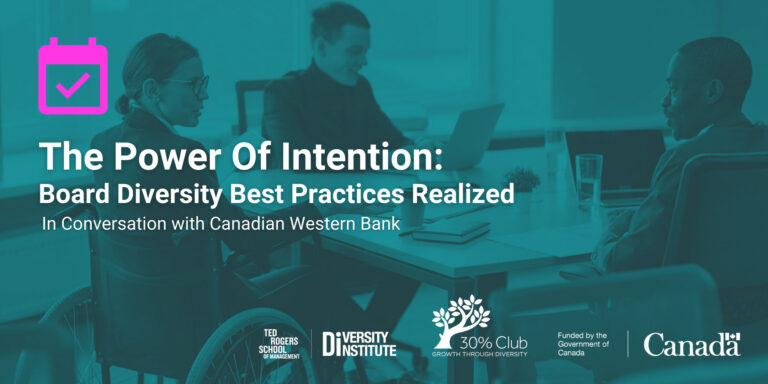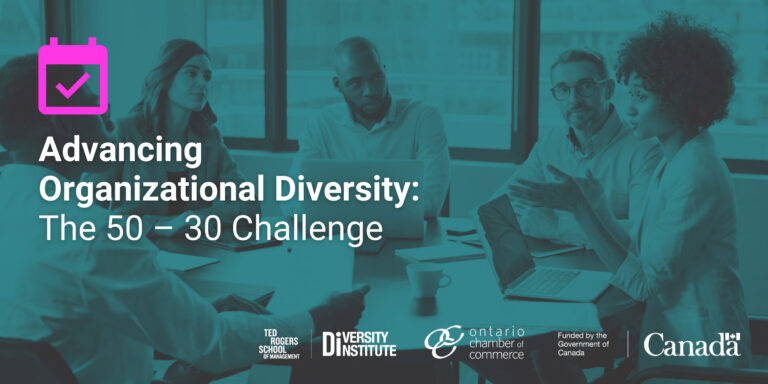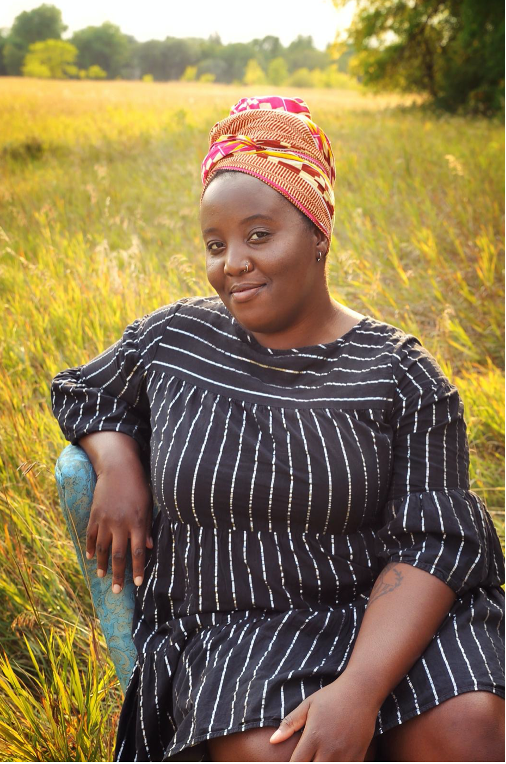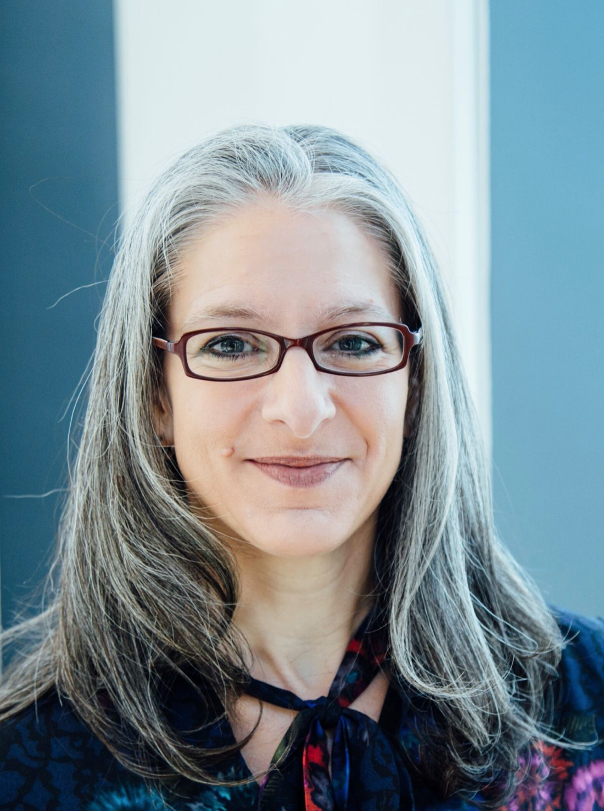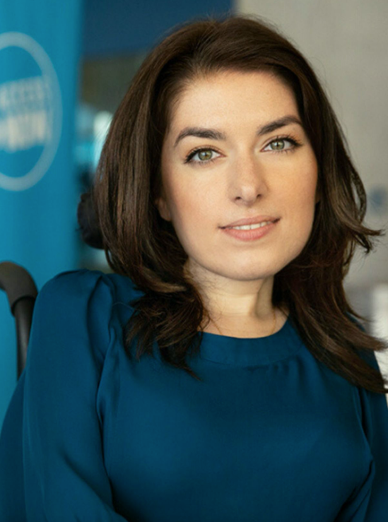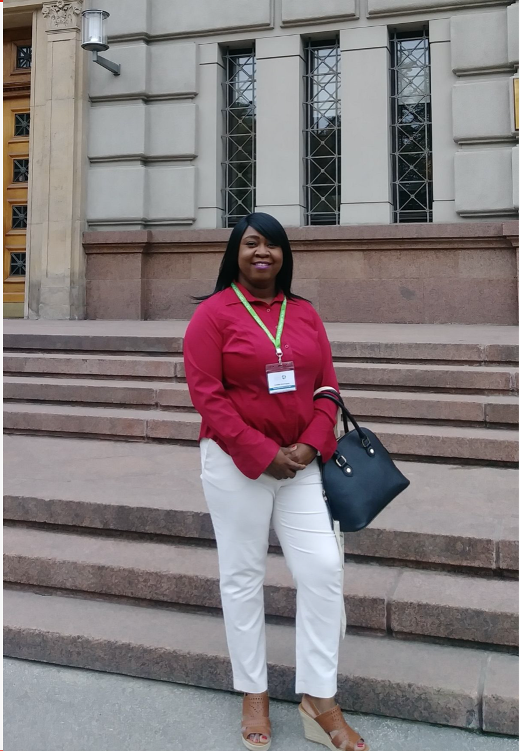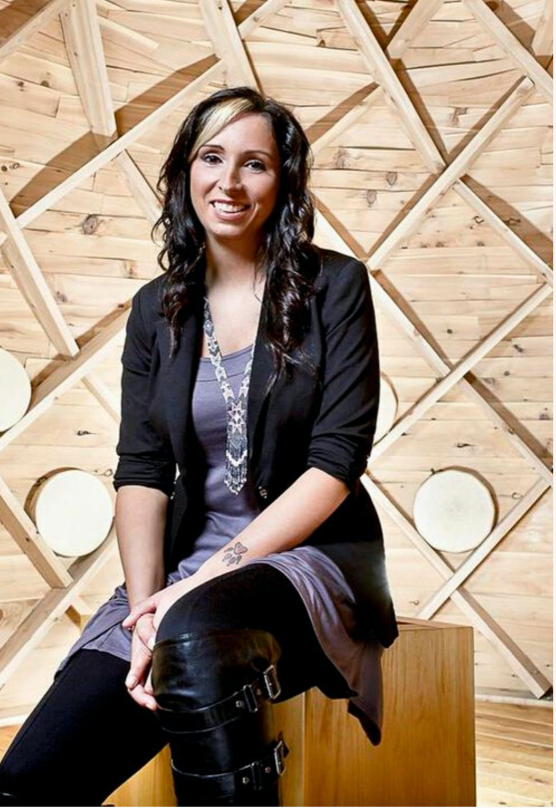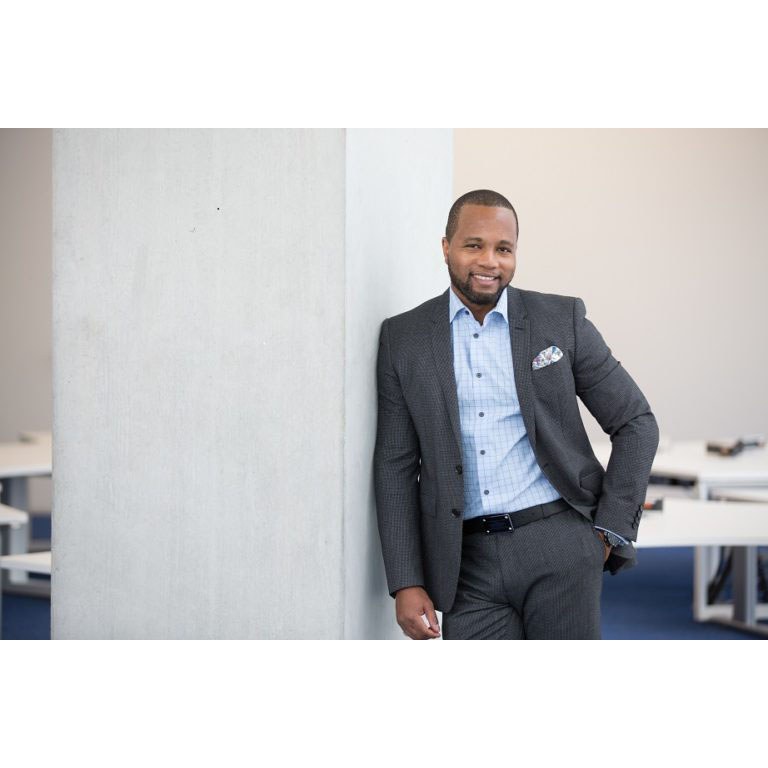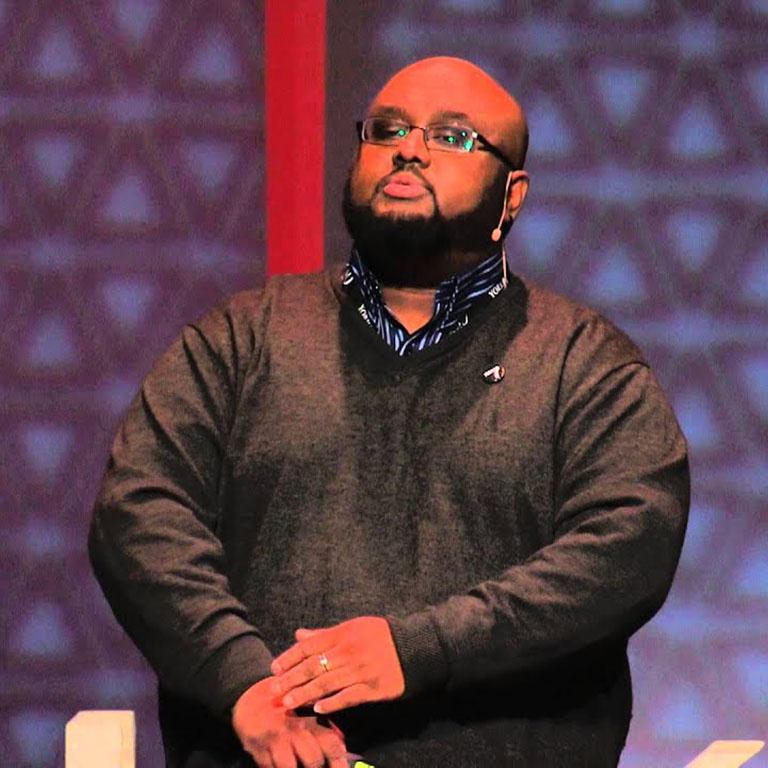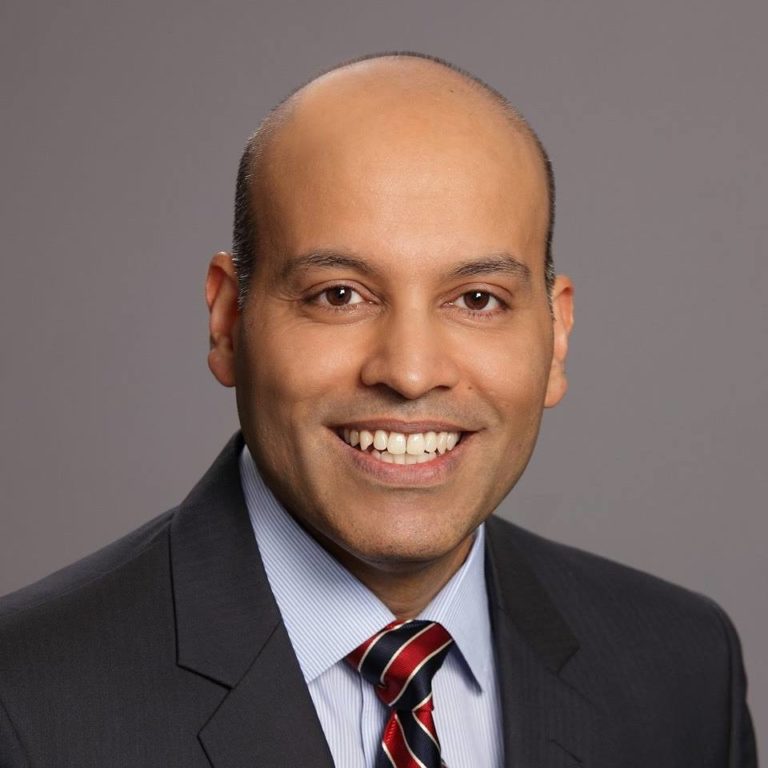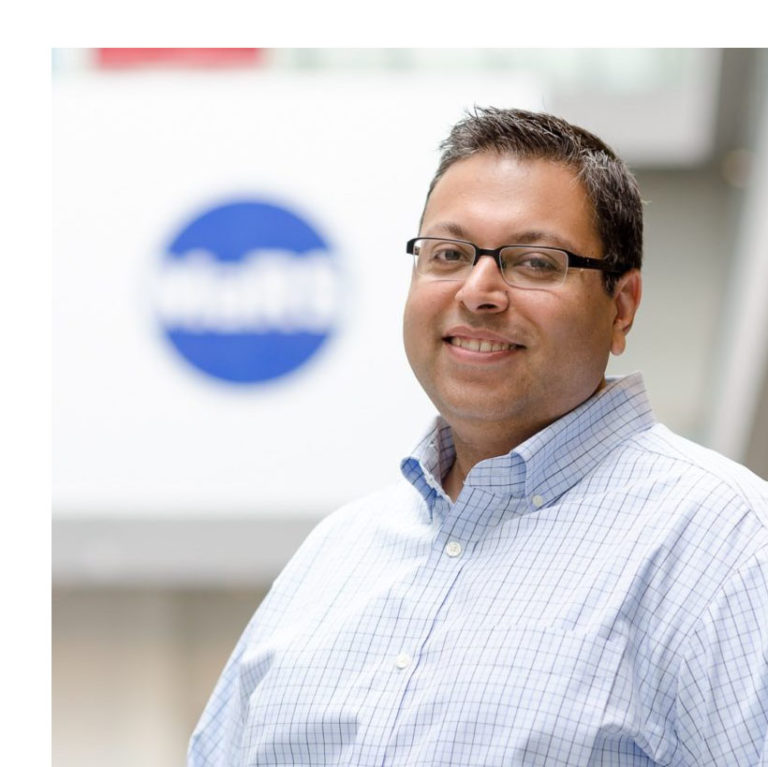At OMERS, diversity and inclusion isn’t just a goal on the horizon. Satish Rai, Chief Investment Officer with OMERS, explains how the organization has created a culture that puts respect and support first, with policies and daily actions that reinforce their inclusive message.
By Hailey Eisen
There’s no shortage of conversations about diversity and inclusion in the corporate world. But, according to Satish Rai, Chief Investment Officer with OMERS, what’s needed now is action.
“I want people to be as excited coming into work Monday morning as they are on Friday about the weekend,” he says. And the way to achieve this, Satish believes, is to create a workplace where everyone’s views and perspectives are respected, where inclusivity is part of the culture, where all voices are heard, and the unique needs of each employee matters.
“I want people to be as excited coming into work Monday morning as they are on Friday about the weekend.”
“This can’t be accomplished through one or two D&I events or conferences,” says the 30-year veteran of the investment sector who joined OMERS — the defined benefit pension plan for municipal employees in Ontario, and one of the largest institutional investors in Canada — four years ago. “It’s about how you interact with people when you walk down the hallways, when you’re in meetings, when you’re working together. It’s the respect you show, the positive impact you have in small ways, every day.”
From a business perspective, Satish says, D&I is an imperative. “There’s little doubt in my mind that we need to have D&I on a global scale if we are going to hit our business objectives,” he says. This type of diversity should span geography, gender, ethnicity, abilities and perspectives, to name a few.
Personally, Satish says, having a son and a daughter, both in their twenties, provides perspective. “I can’t imagine that a father, or a mother, or anyone for that matter, would want a playing field that wasn’t level. I want my daughter to have the same opportunities as my son, and while their definition of success may be different, they should each be given the unique opportunity to succeed.”
It’s all about eliminating barriers — and that begins with simple actions. At OMERS, this includes creating a culture where talent is what matters and personal obligations and responsibilities are valued, and flexible work options are made available to ensure everyone’s needs are respected. No one should ever feel stressed asking their manager if they can work remotely so they can make it to their kid’s hockey game, says Satish. The same is true for religious obligations, disabilities, and other needs. “To me it’s about a person feeling comfortable — it’s about recognizing differences and being open and adaptable across the organization so everyone feels supported.”
For the past few years, Satish says, OMERS has been on what he calls a terrific journey. “From the top-down, our CEO has really sent a very strong message about the importance of inclusion and diversity to optimizing our performance and culture across the entire organization.”
In looking to achieve gender balance within the investing teams at OMERS, he explains, “we didn’t set a target that 20 per cent or 30 per cent of any particular team should be women. Instead, with all hires and promotions we target 50 per cent gender balance in the interview pool.”
“With all hires and promotions we target 50 per cent gender balance in the interview pool.”
And their efforts go well beyond the hiring and promotion process. “We have always had a deep commitment to inclusion; our plan was inclusive from day one. Moving from intent to conversation, we looked at how inclusion and diversity of thought are important drivers of business success — we wanted to understand how to really move our teams, and the whole organization, forward to benefit both our business and the plan members we support,” says Satish.
Reflecting on OMERS progress, he adds, “that most recently, we have entered a stage of action where through experimentation and piloting of techniques such as blind resumes, unconscious bias training, and expanding employee resource groups we are moving the needle in a more concrete way.” Looking at 2019, OMERS strategy looks to further its commitment to inclusion and thought diversity across the full spectrum of people processes.
“The desire for change was there,” Satish says, “and now the tools are in place to pair that desire and intent with action.” A useful tool to leverage is the CEO Blueprint, published by the Canadian Gender and Good Governance Alliance in 2018. Endorsed by leaders across the Canadian business landscape, it provides a step-by-step framework on the components of building a vision, structuring and mobilizing management teams, and focusing on gender diversity initiatives that build a gender-balanced organization.
Externally committing $100 million to the RBC Vision Women’s Leadership MSCI Canada Index ETF, supporting the G7 diversity initiative, and joining the 30% Club Canada are just a few of the things OMERS has done most recently to solidify its commitment to D&I. OMERS is also part of an Investor Group convened by the 30% Club Canada in 2017 which launched a Statement of Intent to encourage institutional investors to exercise their ownership rights and proxy voting power to increase gender-balanced leadership on corporate boards and in C-Suite positions in Canada.
When asked what his advice would be for anyone looking to advance their career in an open-minded and diversity-focused way, Satish provides two valuable tips. The first: volunteer and give back, not just for the purpose of doing good, but also to open your mind, to look beyond your own industry, and to meet people whose perspectives may be different from your own. Satish has volunteered on hospital and university boards as well as recently joining the board of Toronto Global, which represents the Toronto Region to global companies interested in expanding to the area and connects investors with the right opportunities. “My education is never finished,” Satish says, “I’m always looking to broaden my point of view and expand upon my expertise.”
The second piece of advice: brush up on the softer leadership skills such as collaboration, empathy, and understanding. “Those things they don’t teach you in business school are absolutely required at senior levels,” he says. “The best leaders showcase the ability to collaborate, motivate, and inspire — they’re very powerful skills to have.”
As conversation gives way to increased action in the corporate world, those who succeed will have the skills needed to lead diverse and inclusive organizations. “There’s a massive prize to be won on numerous fronts when we move from conversation to action,” says Satish, “and I don’t think our society will tolerate inaction going forward.”
What is the role of men in gender equality? Over the next year, the 30% Club Canada and Women of Influence are partnering to explore this question. We’ll be sharing the stories of allies — men who are pushing for gender equality in the workplace, or making it happen in their own business. These Champions of Change can act as visible role models, inspiring and guiding other men to follow in their footsteps. If we’re going to level the playing field, we need men to be engaged.





